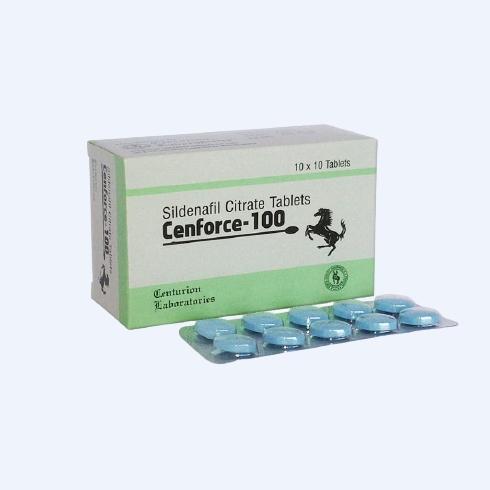Hippie clothing, synonymous with the free-spirited and countercultural movement of the 1960s and 1970s, has transcended its origins to become a timeless and influential fashion trend. Rooted in a philosophy of peace, love, and harmony, hippie fashion is characterized by vibrant colors, eclectic patterns, and a rejection of conventional style norms. Let's take a journey through the fascinating world of hippie clothing, exploring its history, key elements, and enduring appeal.
The Origins:
Hippie fashion emerged as a visual expression of the counterculture movement that rejected the social norms and political climate of the time. The clothing was a rebellion against the rigidity of mainstream fashion, reflecting the desire for individualism and a return to nature. Drawing inspiration from global cultures, hippie clothing incorporated elements from Native American, Eastern, and African traditions, celebrating diversity and unity.
Key Elements of Hippie Clothing:
-
Bohemian Prints and Colors: Hippie clothing is renowned for its use of bold and vibrant colors, often in unconventional combinations. Tie-dye patterns, paisleys, and floral prints became iconic symbols of the movement, reflecting the rejection of the monochrome and structured fashion of the mainstream.
-
Natural Fabrics: Embracing a connection to nature, hippie clothing often utilized natural fabrics such as cotton, hemp, and linen. Comfort and breathability were prioritized over the restrictive materials of traditional fashion, emphasizing a more relaxed and carefree lifestyle.
-
Bell-Bottoms and Wide-Leg Pants: The ubiquitous bell-bottom pants were a staple of hippie fashion, symbolizing a break from the conservative styles of previous decades. Their wide-legged design became synonymous with the free-spirited ethos of the movement.
-
Flowing Dresses and Maxi Skirts: Women's hippie clothes fashion in the hippie era featured flowing, loose dresses and maxi skirts. These garments allowed for freedom of movement and conveyed a sense of bohemian elegance.
-
Fringes and Embellishments: Fringes, beads, and other embellishments adorned many hippie garments, adding a touch of handcrafted charm. These details were often a nod to the DIY (do-it-yourself) ethos that permeated the counterculture movement.
Enduring Appeal:
While the heyday of the hippie movement has passed, the influence of hippie clothing endures in modern fashion. Elements such as tie-dye, bohemian prints, and relaxed silhouettes continue to inspire designers and fashion enthusiasts alike. The timeless message of peace, love, and individuality associated with hippie fashion transcends generations, making it a perpetual source of inspiration for those seeking a break from conformity.
Hippie clothing remains a powerful symbol of a cultural and fashion revolution that sought to redefine societal norms. Its impact has reverberated through the decades, leaving an indelible mark on the fashion landscape. Whether embraced for its historical significance or its timeless style, hippie clothing continues to captivate individuals looking to express themselves with a touch of free-spirited flair.





